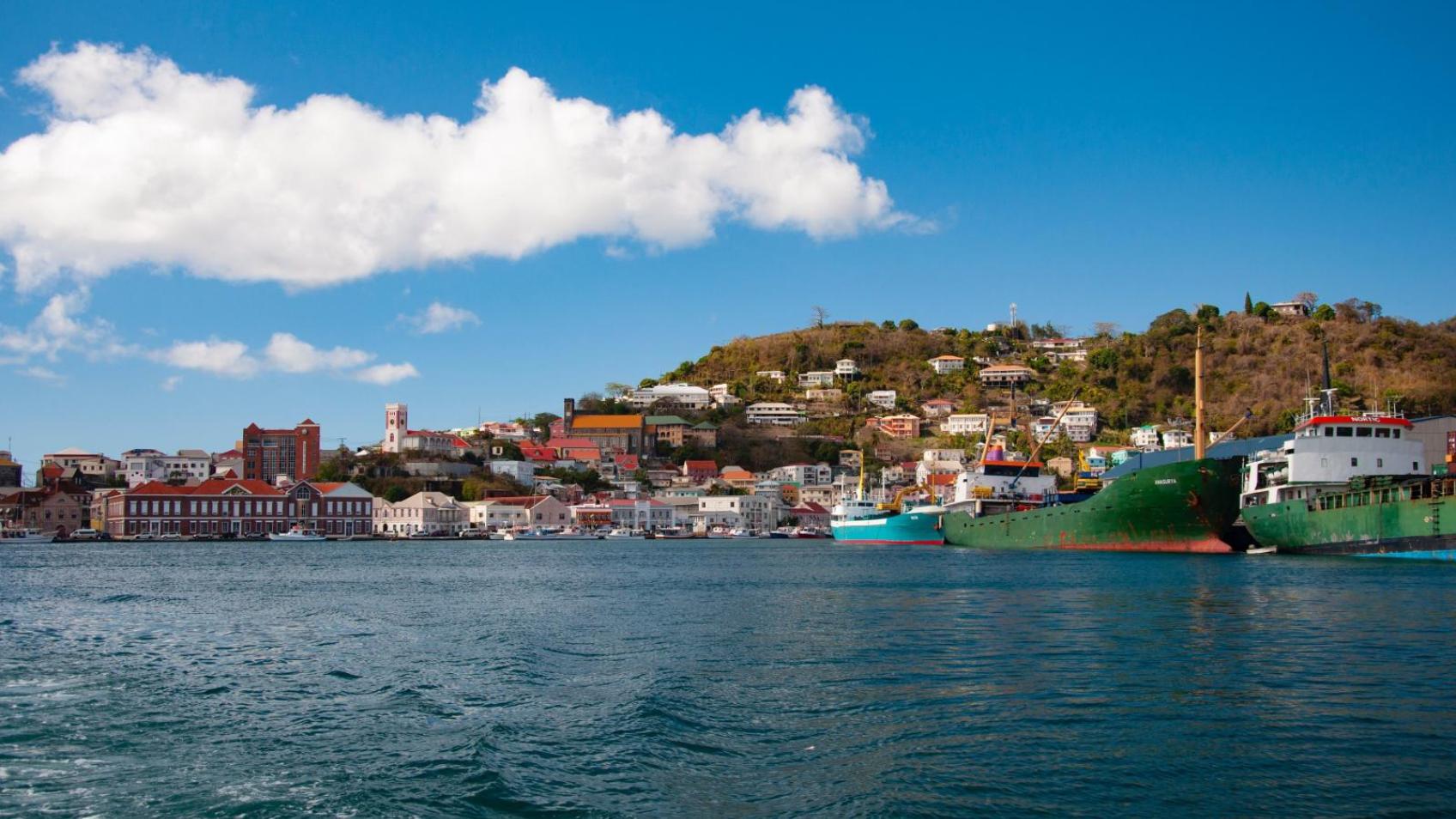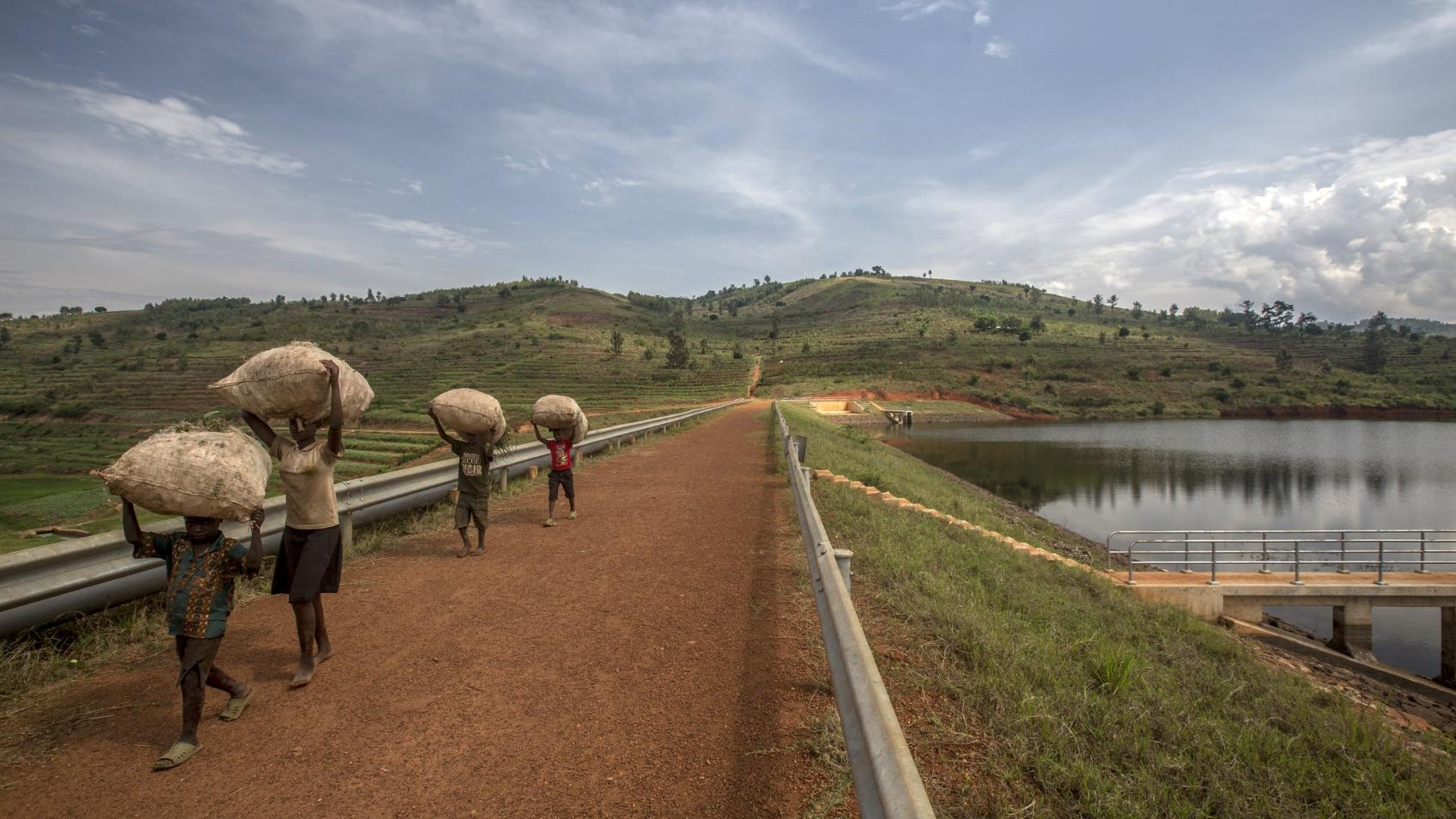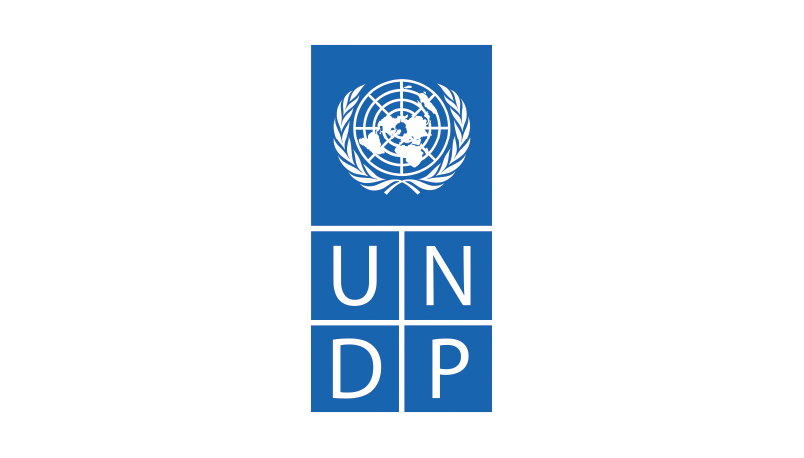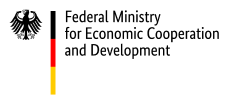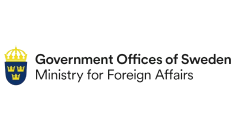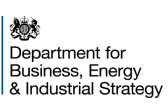Investment Mobilization
Stage 3:
Investment Mobilization
- Barriers for investment
- Policies, regulations and financial instruments
- Matching sources of financing
- Project preparation
- Pipeline and project road mapping
Once sufficient capacity is in place and investment needs identified and prioritized, it is essential to plan for investment mobilization. This requires optimizing scarce public financial resources and improving the enabling environment to incentivize private sector engagement. An assessment of barriers to investment is critical to identify the factors that limit resource mobilization against the priorities defined. Outlining the policies, regulations, and financial instruments that improve enabling environments and the risk-return of NDC investments contributes to both improving policies and regulations over time and increasing the confidence of investors.
The Partnership supports members to identify, design, and implement resource mobilization vehicles, including national climate change funds, green bonds, blended finance facilities and others that mobilize larger amounts of capital towards NDC-aligned investments.
Building off the identification and prioritization of investment needs, countries can elaborate a pipeline and project road mapping, sorting opportunities by readiness and existing financing support. The sequencing can be done to develop a strategy to finance NDC projects and supporting activities in the short, medium, and long term that can optimize quick gains and streamline NDC implementation progress.
Project preparation then moves investments from idea to bankability, noting the appropriate sources of funding. This includes pre-feasibility and feasibility studies, project governance and risk allocation, costing and budget preparation, and gender and socioenvironmental impact analysis. The Partnership is stepping up its support across the project development cycle, including support to countries’ efforts to identify and prioritize NDC-aligned projects, and further specify project needs through its Project Checklist and Project Information Notes (PINs). These are meant to improve the availability of information on project status, characteristics, and support needs, and mobilize resources to move them along the investment cycle by leveraging member and other stakeholders’ resources.
Development partners, institutions, and private investors each have their own priorities, requirements, and processes to identify investment projects and provide funding to such projects. Developing countries highlight the complexity of navigating the various requirements, budget cycles, and processes of different partners providing finance. The Partnership supports members in matching sources of finance against financing needs to leverage national public financing, donor funds, private sector investment, and blending arrangements to scale up climate finance.
Investment Mobilization Stories
Members are strengthening investment mobilization through the Partnership
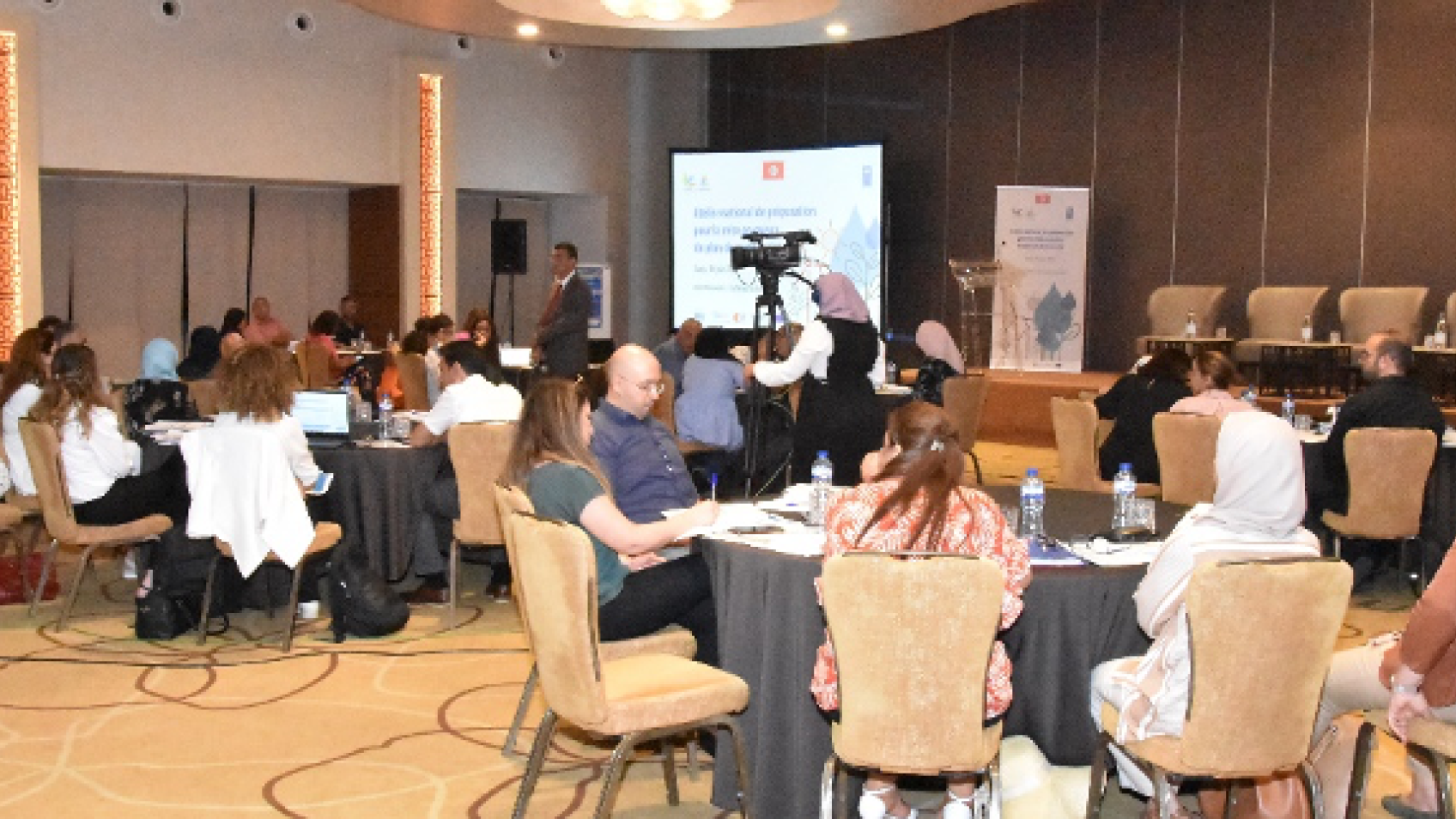
Tunisia Hosts International Investment Conference to Mobilize Support for NDC Implementation
In 2021 with the NDC Partnership’s support, Tunisia submitted a more ambitious NDC outlining the country’s motivation to achieve national economic development goals while reducing the carbon intensity of its economy and increasing its overall adaptive capacity to climate change.

Catalyzing Private Sector Investment Through a Water Nexus Approach
With initial financial support of EUR 5 million from the Netherlands, the NDC Partnership will provide technical assistance to countries to enhance the integration of water in formulating, updating, financing and implementing their NDCs.
Next Chapter
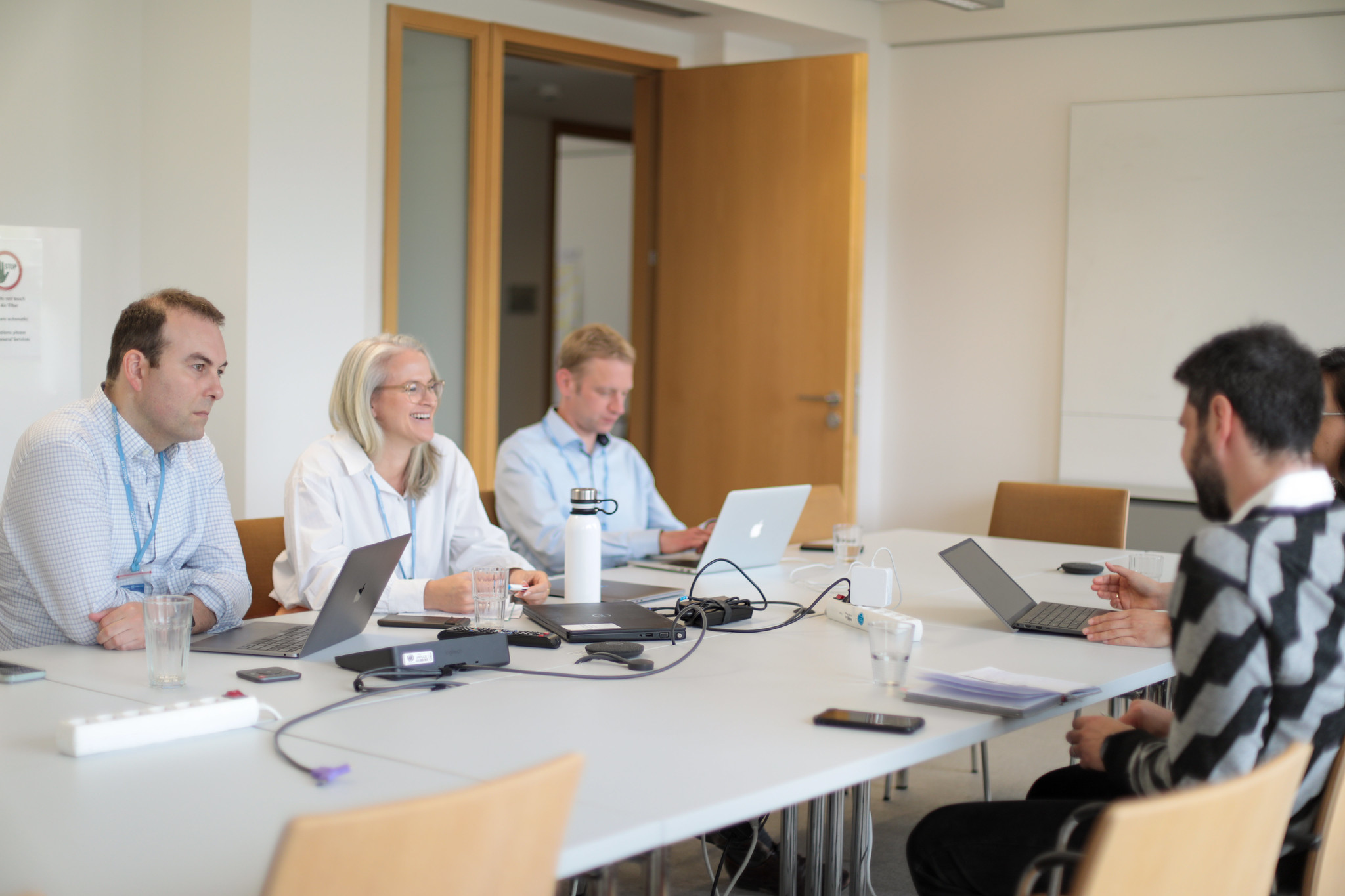
Aligning Long-Term Low Emissions Development Strategies
In response to the specific needs of countries, the NDC Partnership offers comprehensive and tailored support with the aim of providing clear and long-term policy direction designed to drive sustainable development.
Read more